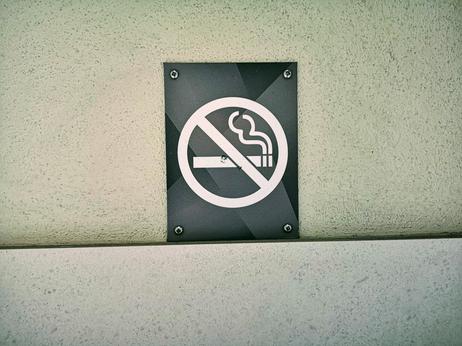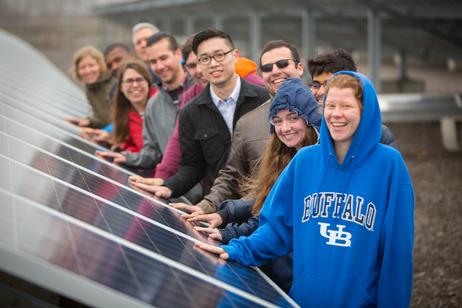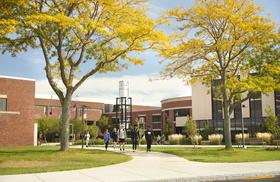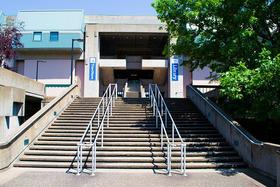As a societal approach to improving health conditions in public settings, many offices, community centers, and restaurants have initiated tobacco and smoking bans on their properties. While public schools, such as elementary and high schools, have banned tobacco products on their educational campuses for years, community colleges across the country are now beginning to follow this health-driven trend.
Banning Tobacco on Community College Campuses
The Growing Trend
Institutions, businesses, and other settings possess the legal right to ban smoking and tobacco use on property grounds because private properties can be governed by owners/managers/leaders. As a result, those who own personal property often have the supreme authority over the rules and regulations of their grounds and boundaries.
On the other hand, community colleges had to earn their right to ban tobacco in 2006, as community campuses are not necessarily “privately” owned properties. In 2006, Katherine McDonald of the Chatham Journal explains, “The General Assembly adopted legislation exempting community colleges from a law requiring public institutions to set aside areas for tobacco use.”
According to McDonald’s investigations, community colleges that have adopted smoke-free and tobacco-free policies include schools such as Asheville-Buncombe Technical, Cleveland, Guilford Technical, Haywood, Pitt, Roanoke-Chowan, Stanly, Wake Technical, and Wilkes Community College.
This video describes the Truth Initiative, which helps community colleges and Historically Black Colleges and Universities (HBCUs) bring tobacco-free policies to the campuses that serve young adults from minority and low-income communities.




















